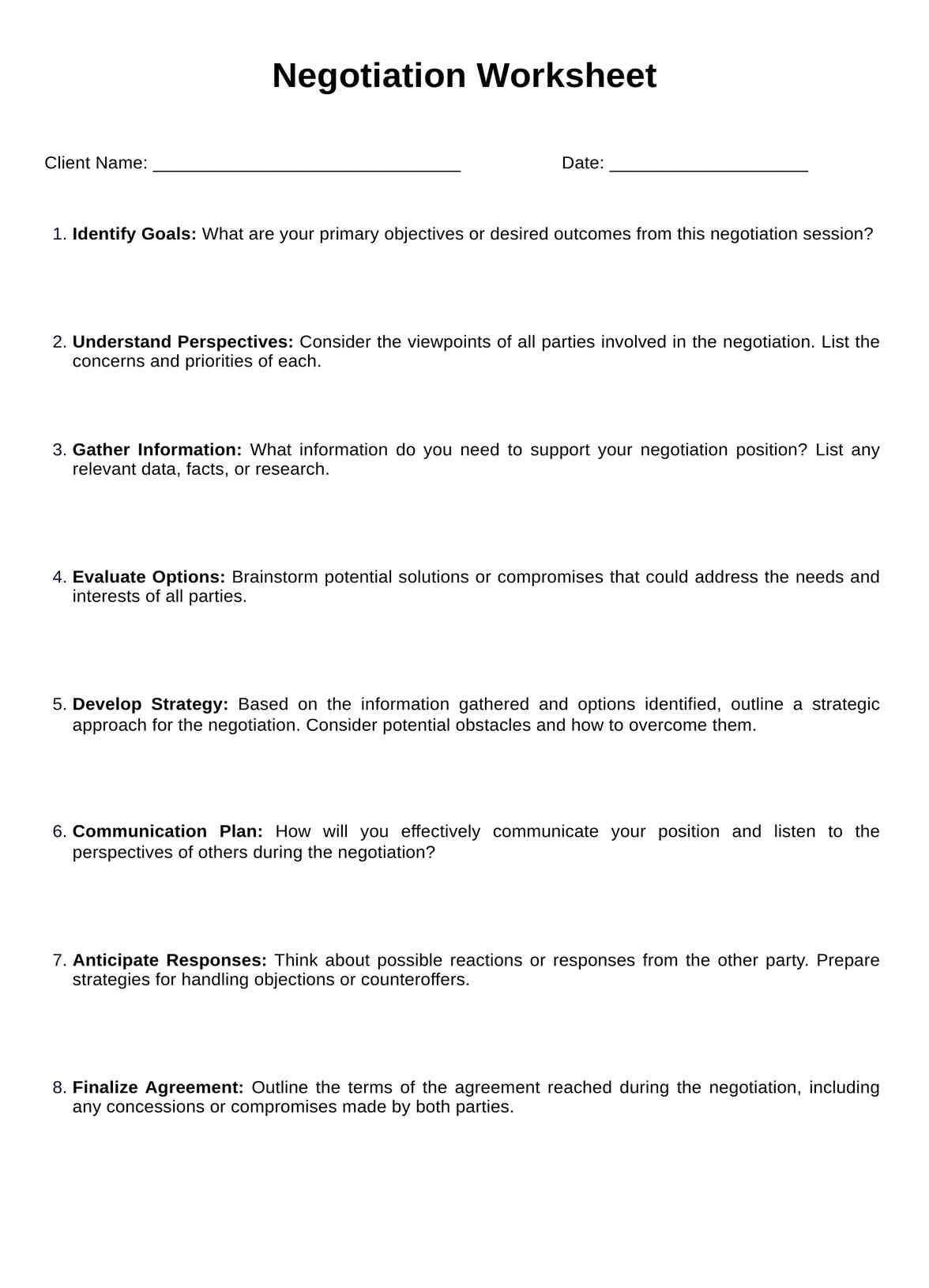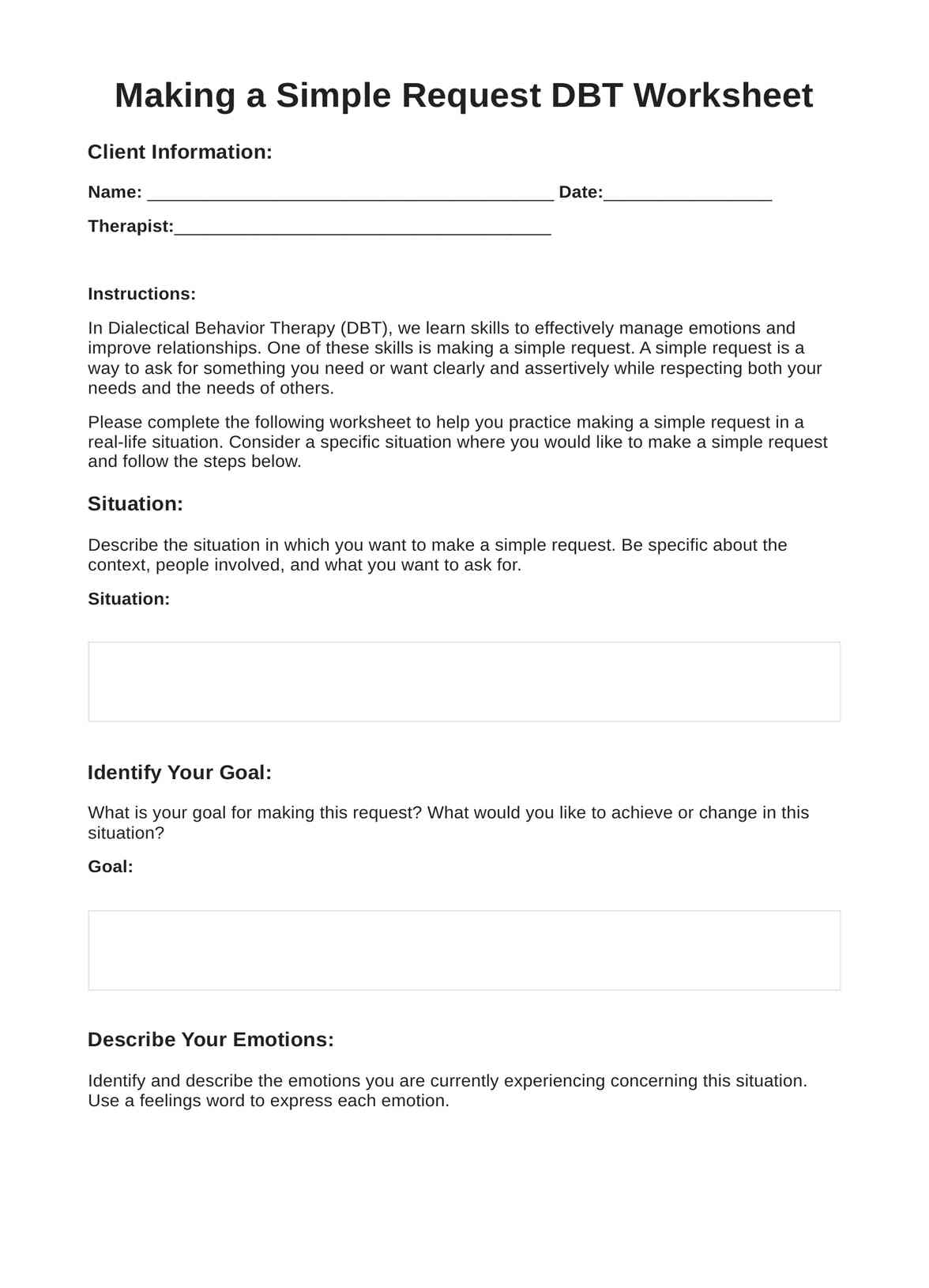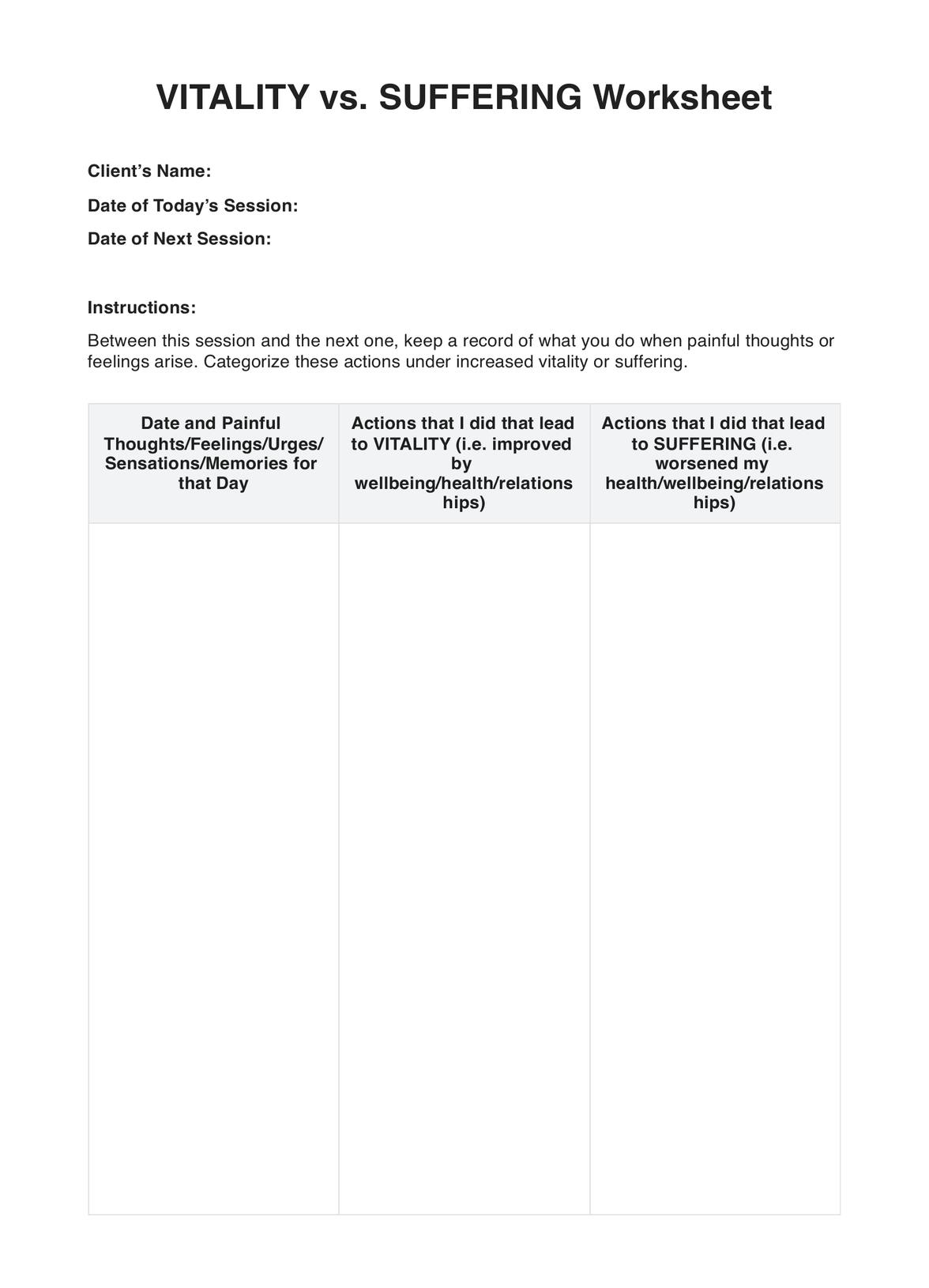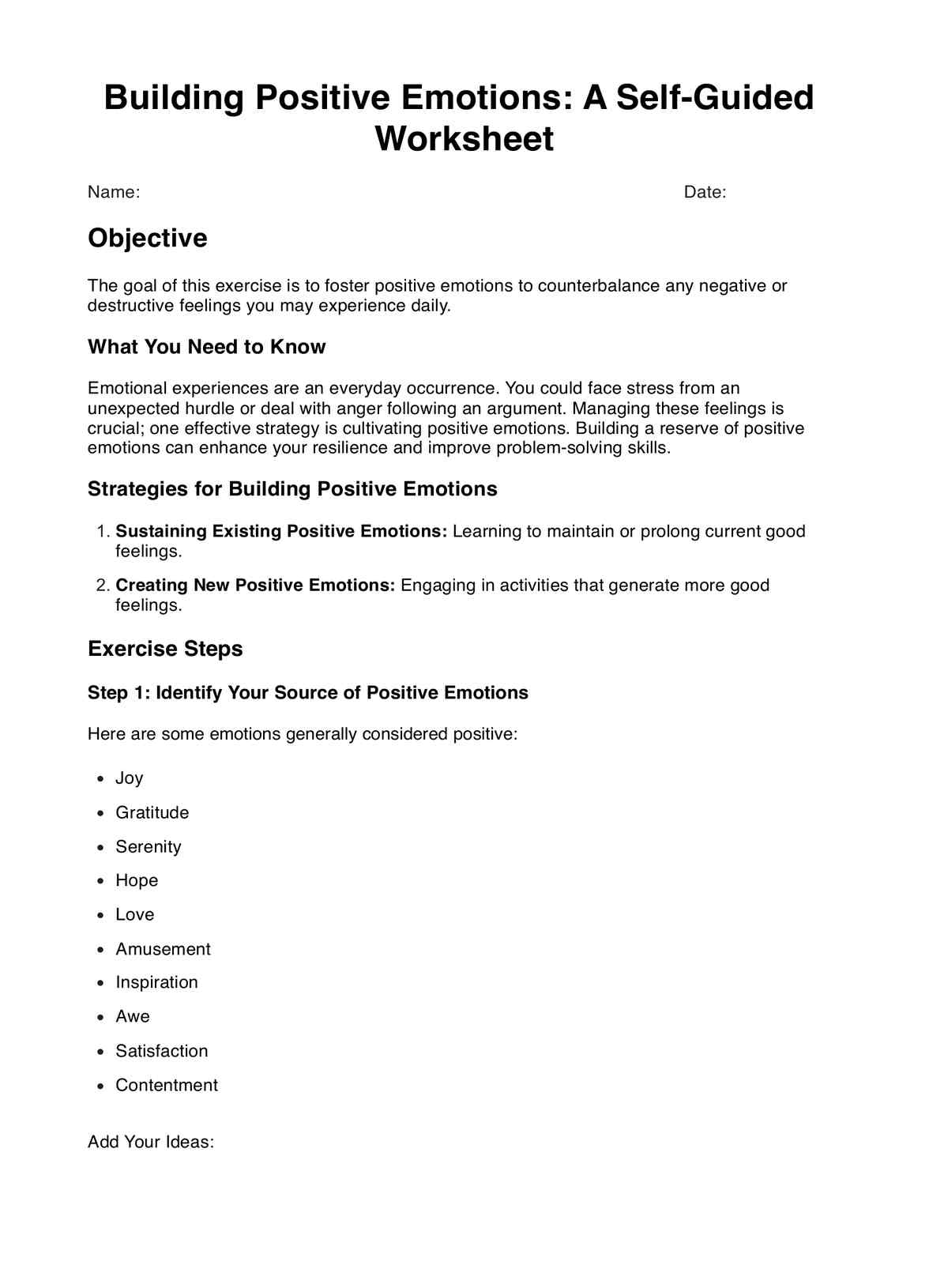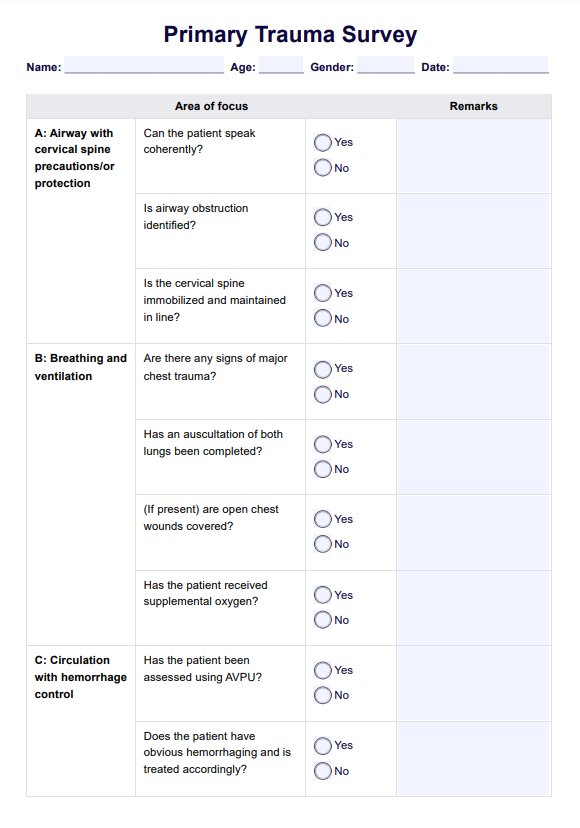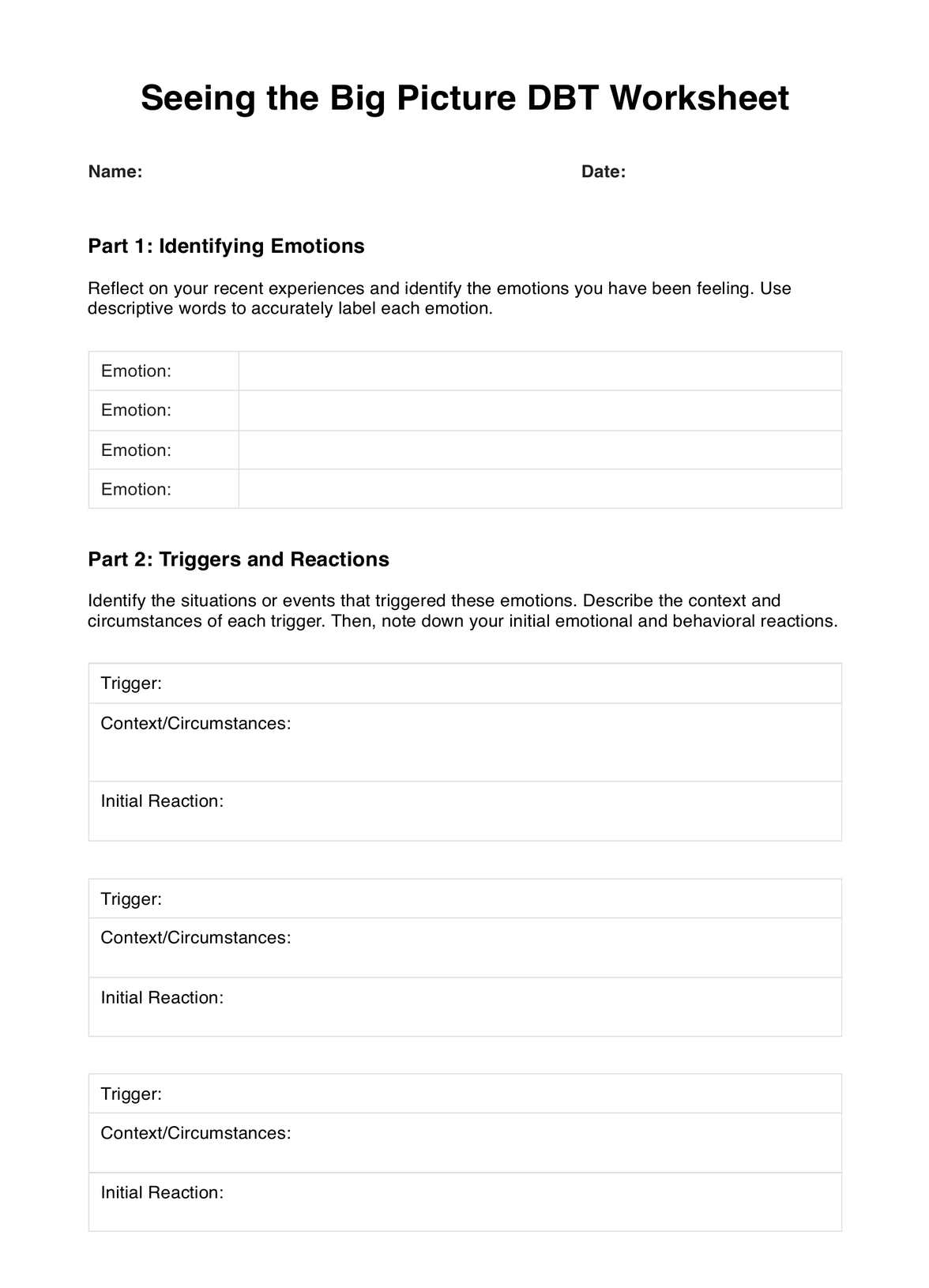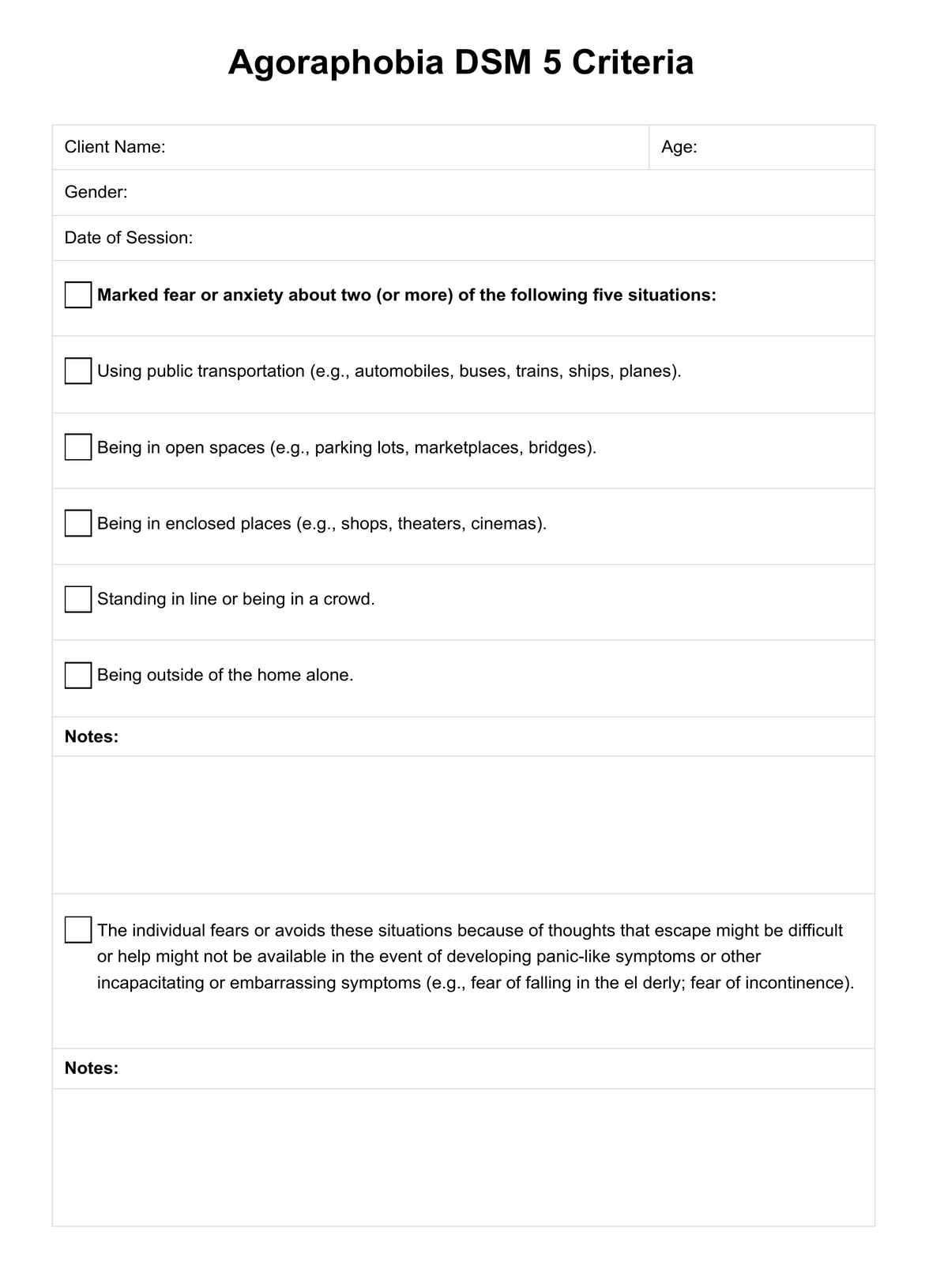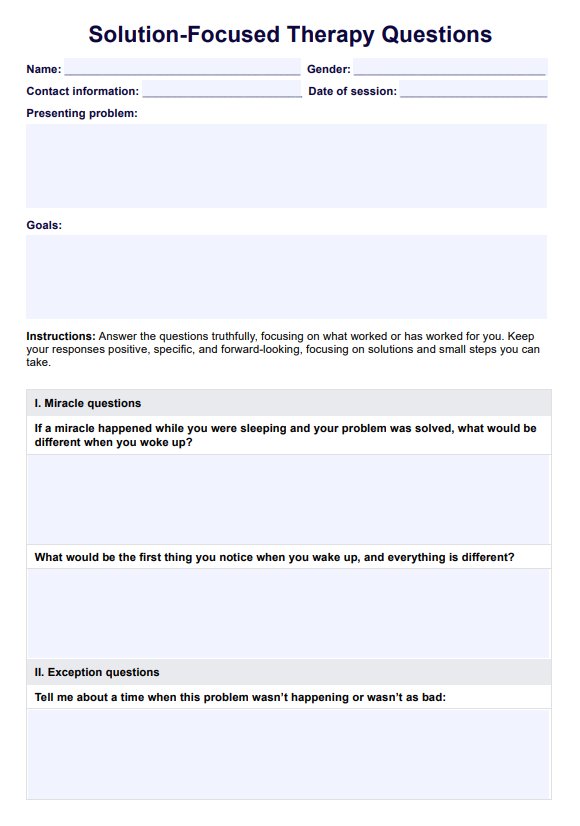Autism Spectrum Screening Questionnaire (ASSQ) Guide
Discover the Autism Spectrum Screening Questionnaire (ASSQ), an essential tool in initial autism screening. Download our free PDF for detailed insights.


Autism Spectrum Screening Questionnaire (ASSQ) Guide
Understanding Autism Spectrum Disorders (ASD) in children and adolescents can be challenging. The Autism Spectrum Screening Questionnaire (ASSQ) is an essential guide in navigating this journey.
This guide provides an in-depth look at the ASSQ, how it works, and why it has become a widely-used tool in the initial screening process for ASD. Whether you're a parent, teacher, or healthcare provider, this guide will help you effectively use the ASSQ to identify potential ASD symptoms, contributing to a better understanding and management of the individual's unique needs.
The ASSQ comprises 27 items that parents, teachers, or other caregivers can complete based on their observations of the child's behavior. It helps identify areas of concern related to social interaction, communication, routines, interests, and other behaviors that may suggest ASD. The results guide whether a comprehensive diagnostic assessment might be necessary.
Autism Spectrum Screening Questionnaire (ASSQ) Guide Template
Autism Spectrum Screening Questionnaire (ASSQ) Guide Example
How does it work?
The ASSQ operates on the principles of observation and assessment, making it a valuable tool for detecting ASD traits. It's designed to capture the unique behaviors and characteristics related to ASD in a structured, quantifiable manner. This objective approach helps minimize bias and ensures that the child or adolescent is assessed based on standardized criteria, providing a robust foundation for possible further evaluation.
Step 1: Download the Autism Screening Questionnaire
Begin your journey by downloading the Autism Screening Questionnaire available on the Carepatron website or any other reliable sources. This document is usually a free, printable PDF, which you can readily use for initial screening.
Step 2: Understand the Scoring
Before filling out the questionnaire, familiarize yourself with its scoring system. Each question on the ASSQ is scored from 0 (not true) to 2 (certainly true). These scores provide a quantifiable measure of the presence and severity of ASD-related characteristics.
Step 3: Complete the Questionnaire
With an understanding of the scoring system, proceed to complete the questionnaire. The ASSQ consists of 27 items, each requiring carefully observing the child or adolescent's behavior. Be as objective and accurate as possible while answering.
Step 4: Interpret the Results
After completing the questionnaire, tally the total scorel. A score of 13 or above on the ASSQ suggests that ASD may be probable. However, remember that this is a screening tool, not a diagnostic one. A comprehensive assessment by a trained professional is necessary for a definitive diagnosis.
When would you use the Autism Screening Questionnaire?
The Autism Screening Questionnaire (ASSQ) is a tool designed for flexible use in various settings, allowing for effective initial screening for ASD. Here are four key scenarios in which you might consider using the ASSQ:
Initial Evaluation
If a child or adolescent displays certain behaviors, such as difficulty in social interaction, unusual interests, or repetitive routines, these could be early indicators of ASD. The Autism Screening Questionnaire can serve as an essential first step in identifying and evaluating the presence of these symptoms.
It provides an organized, structured format that aids parents, caregivers, or professionals in understanding these behaviors in the context of ASD.
Teacher Observations
In a school setting, teachers often notice patterns in a child's behavior that might not be as evident at home. If teachers observe behaviors consistent with ASD, such as difficulties in social interaction, they can use the Autism Screening Questionnaire to document these behaviors. This can provide invaluable information during parent-teacher meetings and help parents decide if further medical consultation is necessary.
Medical Consultations
Healthcare providers can utilize the ASSQ as part of a broader assessment process when ASD is suspected. While the ASSQ alone does not provide a definitive diagnosis, it can contribute valuable information to the overall evaluation. It can help guide the decision to engage in more comprehensive diagnostic testing.
Therapeutic Settings
Mental health professionals such as psychologists or therapists can use this questionnaire to track the progress of a child or adolescent undergoing therapy for ASD. This can help evaluate the effectiveness of particular therapeutic interventions and identify specific focus areas during therapy sessions.
Benefits of the Autism Screening Questionnaire
Understanding the early signs and symptoms of ASD can pave the way for timely interventions and improved outcomes. This is where the Autism Screening Questionnaire comes into play, offering a practical, easy-to-use tool for initial autism screening. Here are some of the key benefits of using the ASSQ:
1. Accessibility
As a free resource, the ASSQ is easily accessible for anyone suspecting ASD-related behaviors in a child or adolescent. This can help facilitate early detection and intervention.
2. Structured Approach
The ASSQ provides a structured format to identify potential ASD-related behaviors. This can help guide observations and discussions among parents, teachers, and healthcare providers.
3. Versatility
Many individuals, including parents, teachers, healthcare providers, and mental health professionals, can use the questionnaire. This makes it a versatile tool that can assist in different settings and contexts.
4. Guidance for Further Assessment
High scores on the ASSQ suggest that a more comprehensive diagnostic assessment is necessary. This can help families and professionals take the next steps in the evaluation process, potentially leading to early intervention and improved outcomes.
5. Use in Treatment Planning
For mental health professionals, the ASSQ can also serve as a tool to identify specific areas of challenge that might be targeted in therapy, contributing to more effective treatment planning.
Commonly asked questions
The Autism Screening Questionnaire is typically used by parents, teachers, healthcare providers, and mental health professionals to screen for potential ASD in children and adolescents.
This questionnaire is used when a child or adolescent displays behaviors that may suggest ASD, such as difficulties with social interaction, communication, or restrictive or repetitive behaviors.
The ASSQ is a fillable form with 27 items scored from 0 (not true) to 2 (certainly true). Once all items are completed, the scores are added together, and a total score of 13 or above may suggest the need for a more comprehensive ASD assessment.


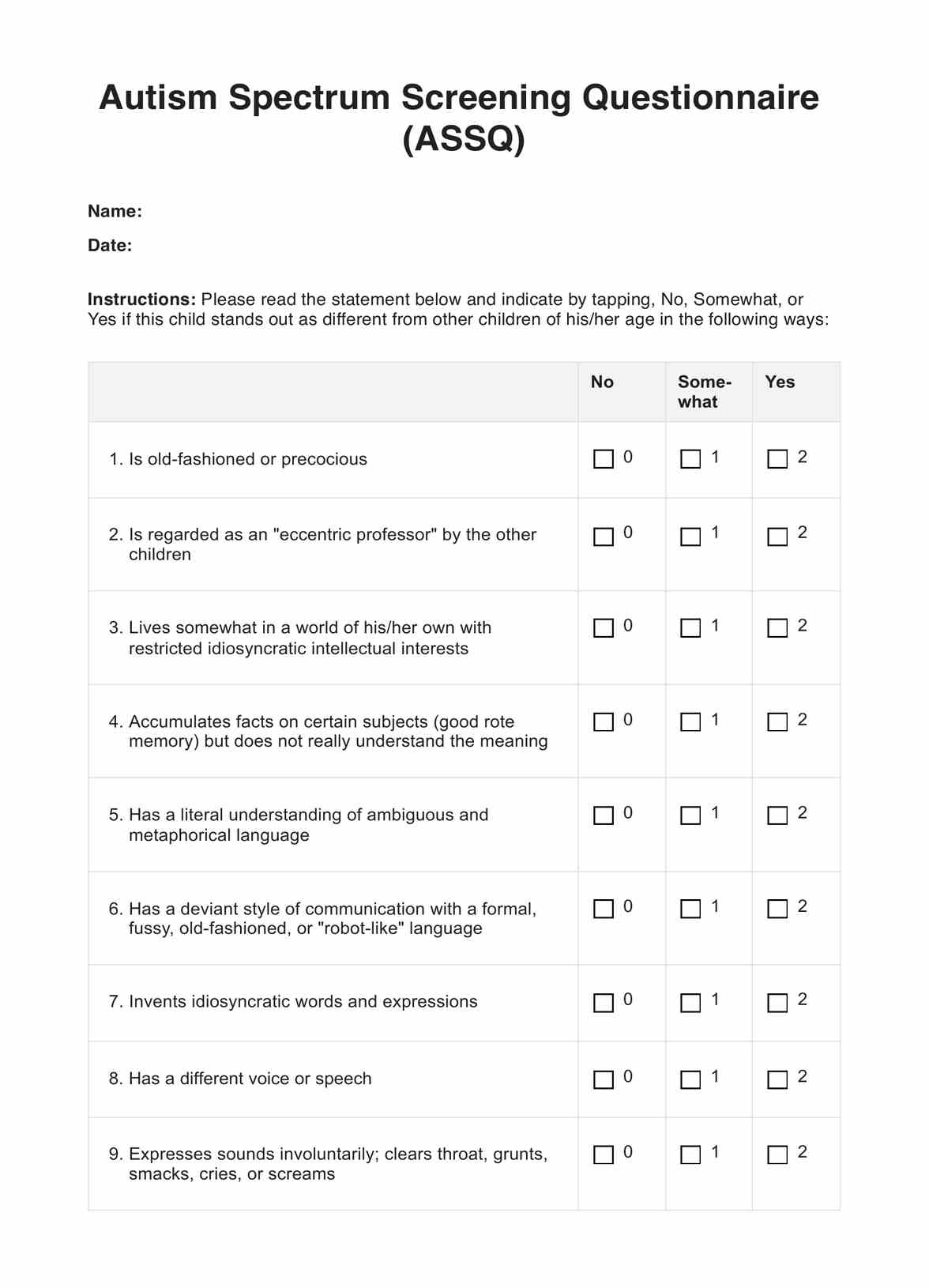
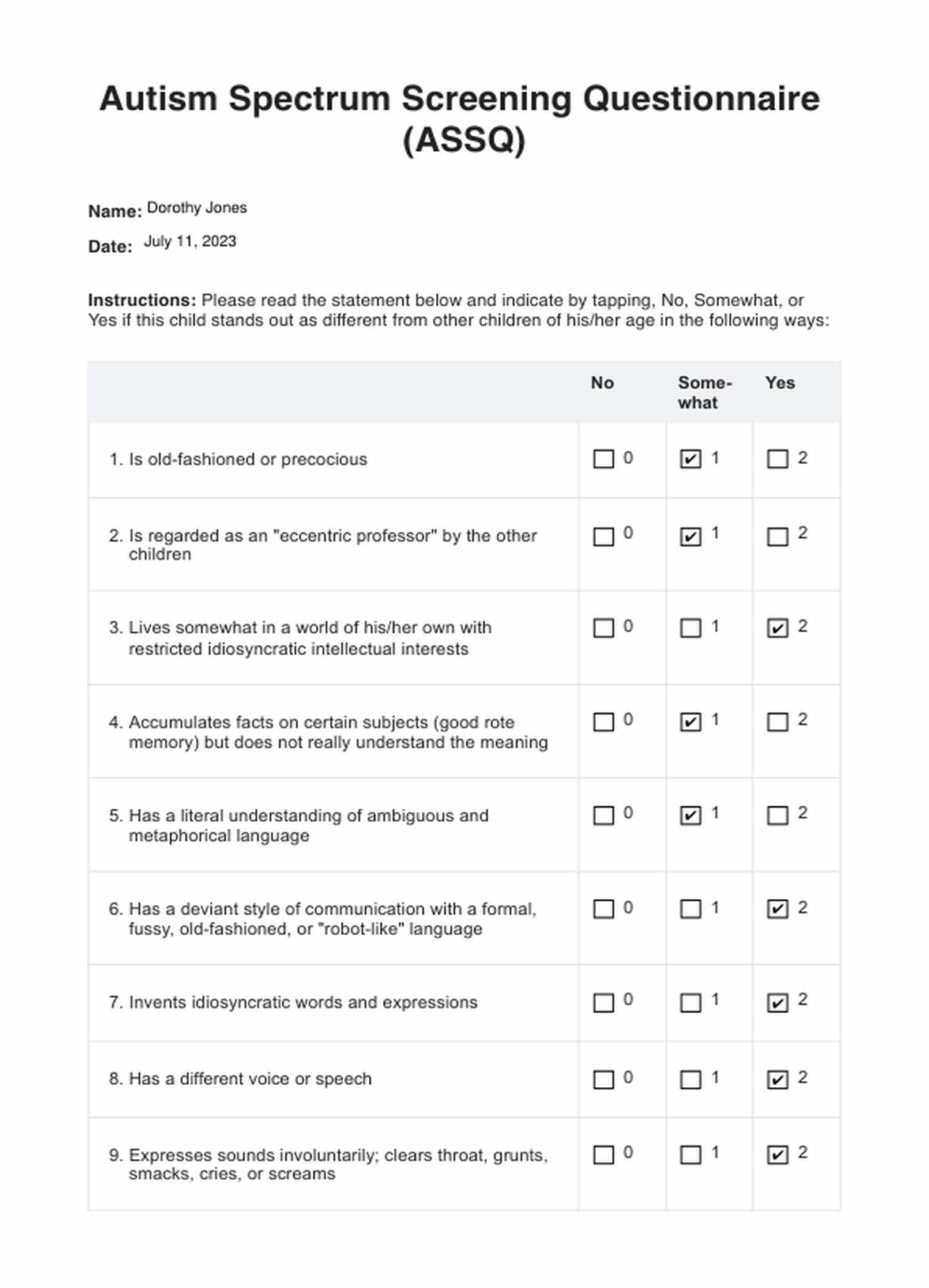













-template.jpg)























































































